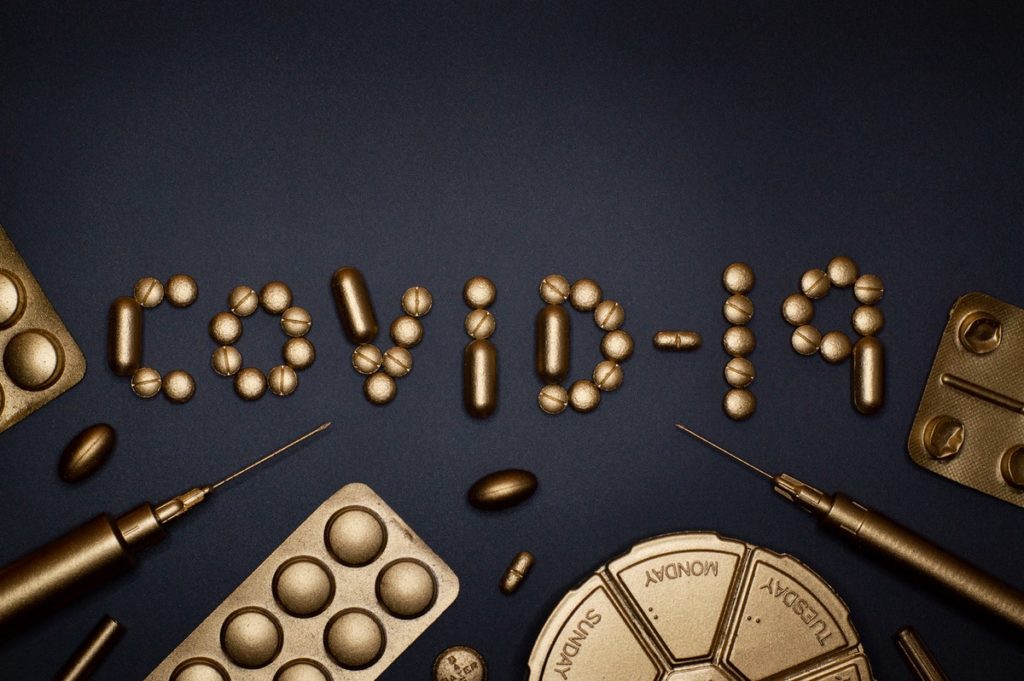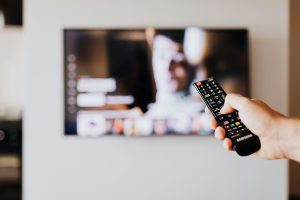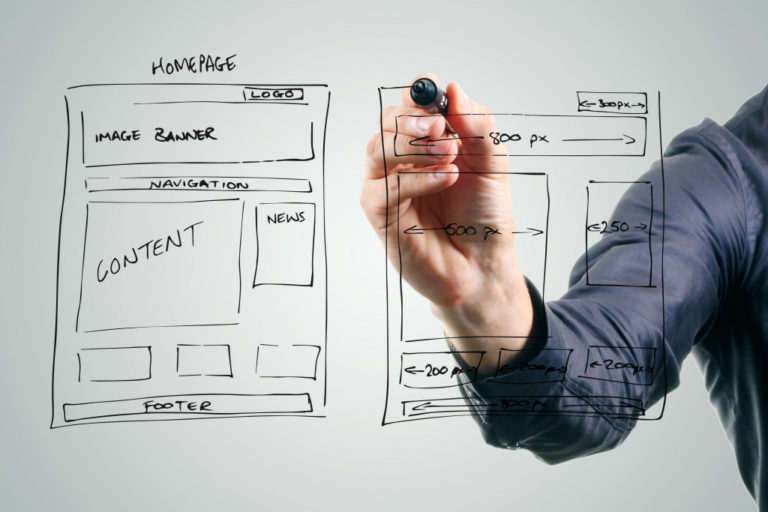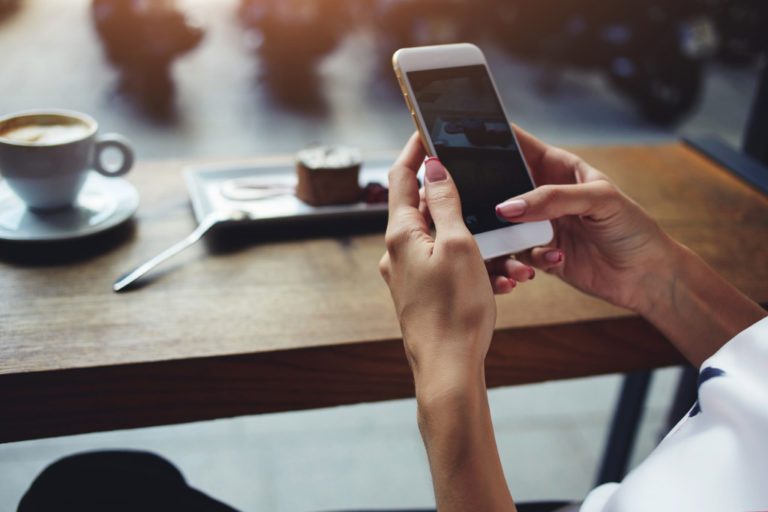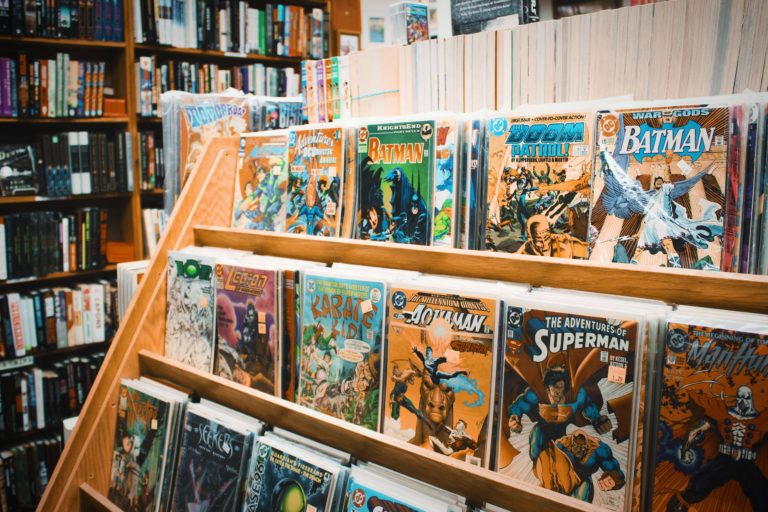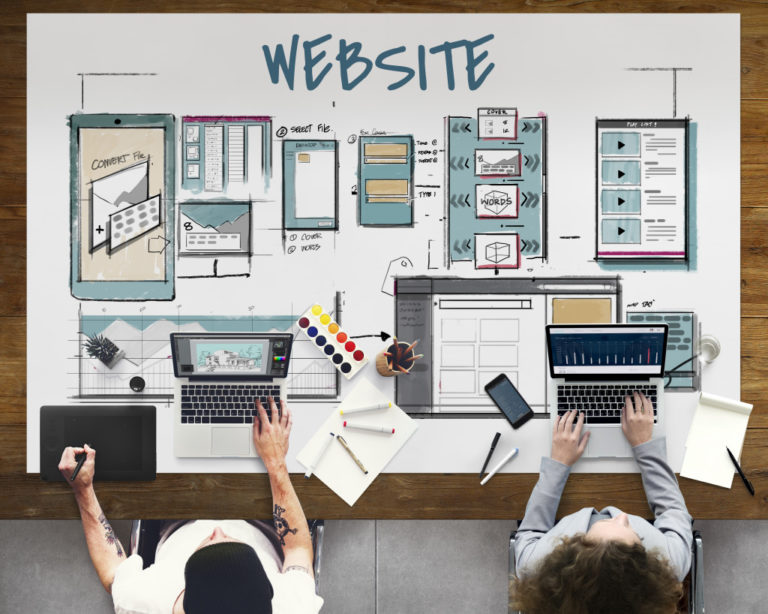The fight against COVID-19 continues in hospital beds and intensive care units. Families hold on to each other as their loved ones fight for their lives. Doctors and nurses are putting their lives and careers on the line to save as many people as they can. Governments are racing against time in a bid to inoculate as many people as they can. From governments to businesses to private citizens, everyone is coming up with ways to use technology to survive this pandemic.
Science and technology are being used by the medical industry, governments, and private sector at different scales to combat the pandemic. In terms of health care alone, doctors and nurses are using technology for medical image processing, disease tracking, medicines, computational biology, and prediction outcomes. Can you imagine what this world would have looked like without technology?
Diagnostic Tools
Artificial intelligence and machine learning have been huge in terms of big data analytics on social media. But in terms of COVID-19, AI and machine learning are trailblazers in the early detection of the disease. AI, for example, is being used to extract the radiological features of the radiology images, thereby making it easier for doctors to diagnose a COVID-19-positive patient. The COVID-19 detection neural network (COVNet) can also distinguish coronavirus disease from lung diseases and community-acquired pneumonia.
Treatment Breakthroughs
After the world has welcomed the COVID-19 vaccines, it is now time to find the cure in case it becomes part of viral and seasonal diseases humans usually get (just like with flu and coughs and colds). While vaccines are important, equally critical is finding a cure for the most severe cases of COVID-19. Thankfully, technology will also make it easier to come up with the right drug for COVID-19. There are already a handful of drugs that are being used to treat severe coronavirus cases.
More research will be done now and in the future. Sure, there will be apprehensions against a possible new drug or treatment procedure, but this is where technology can work its magic. The use of a dissolution test should put people’s minds at ease about the safety and efficacy of the drug. Right now, dissolution is the only pharmaceutical test that determines a drug’s performance over time.
Disease Tracking
Aside from radiology images, there are other ways to find out if a patient has COVID-19. RT-PCR, which is the gold standard for testing for coronavirus, proved to be a stable diagnostic tool. A handful of diagnostic screening tests and procedures can diagnose abnormal respiratory patterns. These same tools, coupled with the Susceptible, Exposed, Infectious, and Removed or Recovered (SEIR) model can also project the trajectory of any virus outbreak.
Prediction Outcome

Classifiers can accurately measure and predict the risk of death of a patient based on preexisting conditions and present symptoms. Machine-learning-based CT radiomic models also have the ability to predict hospital stays for COVID-19 patients. This is helpful both for the patients and the health facilities as they need to free up hospital beds for COVID-19 and non-COVID-19 patients.
Contact Tracing Apps
In many modern societies, contact tracing apps have been the lifeline that stopped hospitals from being overwhelmed. People have to fill up forms—both in digital and paper format—whenever they enter establishments. This allows that establishment to contact the customers who were present when a COVID-19-positive patient was also there. But for this to be effective, the patients themselves have to report where they went, what time they were there, and what they did while they were there.
In other parts of the world, contact tracing apps more than just trace the whereabouts of the COVID-19 patient. These apps can also alert the other subscribers if someone who is suspected of having COVID is in their proximity. The technology itself is not perfect, but it works to stop the rapid community transmission of the virus.
3-D Printing
This is not a new technology that came out because of the pandemic. People have been making all kinds of different items with a 3-D printer even before COVID-19 changed the world. Today, 3-D printers make ear guards to hold face masks and relieve ear pain from the elastic bands. They also produce 3-D-printed PPE suits for medical frontliners. Some companies can even print as many as 50,000 face shields in a week.
COVID-19 touched every aspect of human life. From the kids’ education to the quality of life of senior citizens, COVID-19 didn’t leave anything untouched. Science and technology were the only reasons why the world hasn’t fallen on its knees and why societies found a way to survive and thrive amid the biggest challenge that they have to face.
